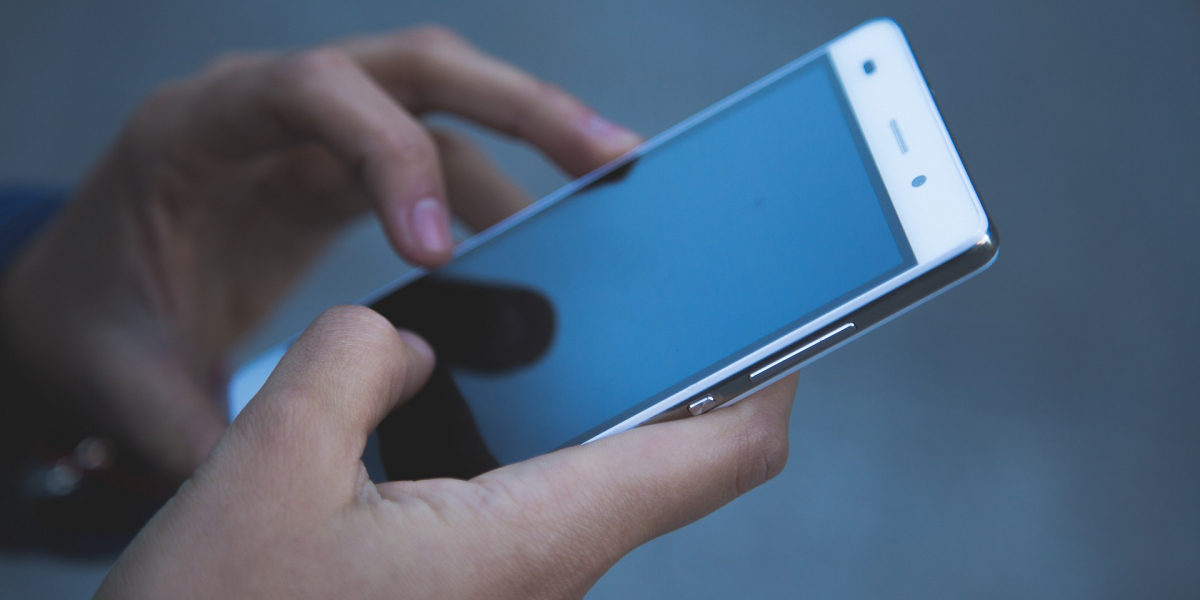
August 21, 2018
Guest post by Justine Beaulé
What is product durability?
Product durability, often used interchangeably with product lifetime, is a key aspect of achieving a circular economy. Lengthening a product’s useful life decreases overall resource use, waste, and can save consumers money by minimizing the rate of product replacement. A durable product is one that is constructed robustly with high quality materials, designed in ways that improve:
1) Re-usability: in addition to a primary life, a product may also experience a secondary life, where it is resold, refurbished, and/or recycled.
2) Recyclability: products can be designed to facilitate their recyclability by minimizing material diversity and ensuring easy material separation.
3) Material efficiency: more efficient components minimize the amount of materials required to make a product and reduces manufacturing costs.
4) Maintenance: product maintenance should be accessible, easy and cheap. The ideal is for users to be able to maintain their own devices without the help of professionals.
5) Reparability: goods can be designed to be repairable and repair services should be accessible.
6) Upgradeability: product groups with high rates of innovation should strive to be upgradeable without overall product replacement, part of which includes designing for product variability and attachment through product personalization.
7) Longevity: the product and its components should be designed to be reliable and robust.
The durability of a product is not solely a question of its manufactured lifetime, it also depends upon consumers’ usage patterns and habits, and perception of the product’s durability (how much use they expect to get out of it). A study conducted in France found that 88% of disposed smartphones were still fully functioning, while a U.S. study found that the availability of new smartphone models increased user tendency to be negligent with their own devices. Studies have also found that consumers tend to undervalue the expected lifetime of electronic devices. For example, they expect laptops to last 4.9 years when their actual lifetime is 9.6 years. The main driver for smartphone replacement therefore appears to be technological innovation, rather than product failure.
Why should we strive for durability in the technology sector?
The emerging global tech cycle, driven by an increasing demand for smartphones, produced a new smartphone for every fifth person on earth in 2017, significantly outperforming personal computer sales. Globally, smartphone users upgrade to a new phone every 1 - 2 years, and barely 10% of these “outdated” devices are recovered for reuse and recycling. The environmental toll of this rate of product replacement is significant given that the 70 kg of raw materials required to produce, use and dispose of a smartphone are often procured in unsustainable and unethical ways. The re-use of electronic devices currently being replaced in the United Kingdom alone would save over 2,700 tonnes of carbon dioxide born from the manufacturing, transport, and disposal of electronic devices each year. In most cases, smartphones are not created to be robust and repairable, nor are they created to be compatible and adaptable to changing trends and consumer taste.
Is durability worth pursuing in the technology sector?
Given their high rate of innovation, smartphones are often cited as being an inappropriate product group in which to pursue enhanced durability. While most smartphones could be manufactured to be significantly more durable, consumer purchasing behaviours and perception of their lifetimes are often stagnant, offsetting any potential gains in manufactured lifetime. Durability in the technology sector may therefore be more effective at increasing the frequency of product reuse through the development of a ‘second life’ market, rather than reducing demand for new product models. Moreover, enhancing the durability of individual hardware components rather than the phone as a whole might allow current business models to be retained, all while reducing refurbishment and repair costs. Though Apple’s recent commitment to reaching 100% recycled materials in their supply chain is admirable, it is the least favourable approach to value retention given that unrecyclable rare earth metals are lost in the process and that an iPhone retains only 0.24% of its original value as recycled raw material (whereas a reused iPhone retains 48% of its original value).
By investing in the durability of smartphones, both at their initial design and at the end of their useful lives, overall value retention can be improved, saving resources, reducing waste, saving consumers money, and creating new revenue streams for tech giants.
The second blog in this durability series will identify the best approaches to enhancing durability in the smartphone industry, which is often characterized by stagnant consumer expectations in product longevity and a lack of counterbalancing regulations and policies that promote product durability.
For more on the Circular Economy, check out our Policy Brief on Getting to a Circular Economy. For more on Household Waste, read our Policy Brief on Economic Tools to Reduce Household Waste.